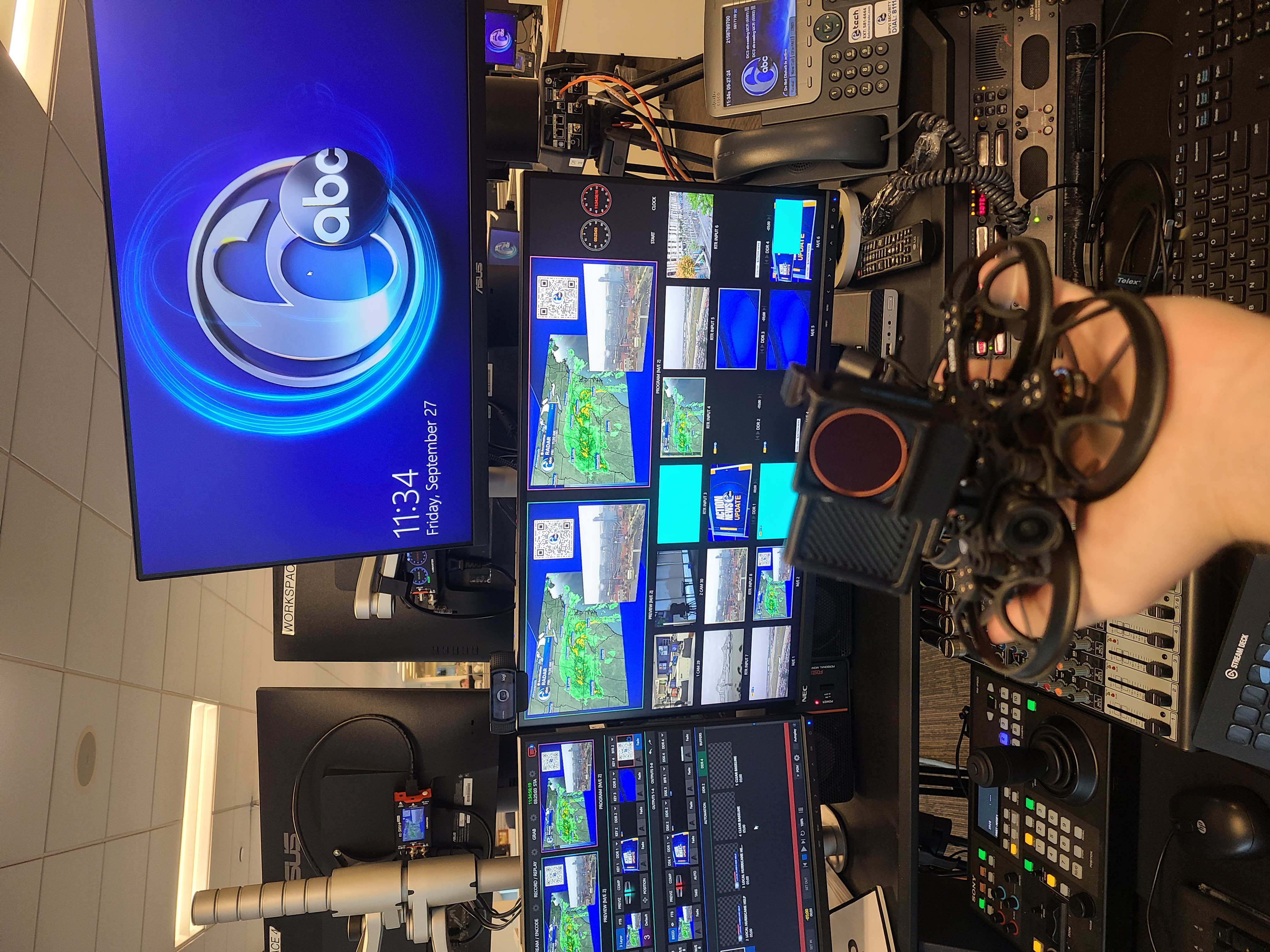How to Pick the Right Drone for the Job


How to Pick the Right Drone for the Job
So, you're ready to buy a drone, or maybe upgrade your current one? Awesome! But with so many options out there, from tiny FPV racers to sophisticated camera platforms, choosing the right drone can feel overwhelming. As a professional drone pilot at Cosmik Drones, I've flown a variety of aircraft, and I can tell you that the "best" drone really depends on what you want to do with it.
Let's break down how to pick the perfect aerial companion for your specific needs.
1. Define Your Mission: What's Your Primary Goal?
Before you even look at specs or prices, ask yourself:
What will I primarily use this drone for?
Stunning Photography? (Landscapes, real estate, events)
Cinematic Videography? (Smooth, high-resolution footage for films, commercials, or personal projects)
Adrenaline-Pumping FPV Flying? (Racing, freestyle, dynamic fly-throughs)
Commercial Work? (Mapping, inspections, agriculture – these often require specialized drones)
Just for Fun & Learning?
Your answer here will dramatically narrow down your choices. A drone built for FPV acrobatics is very different from one designed for stable, high-altitude photography.
2. Key Factors to Consider
Once you know your "why," here are the "what" factors to weigh:
Camera Quality (for Photo/Video Drones):
Sensor Size: Larger sensors (like 1-inch or Micro Four Thirds) generally mean better image quality, especially in low light, and more dynamic range.
Resolution (Megapixels & Video): Do you need 4K, 6K, or even 8K video? How large will you be printing photos?
RAW Capability: For photography, shooting in RAW gives you maximum flexibility in post-processing.
Bitrate & Codecs (Video): Higher bitrates and better codecs (like H.265 or ProRes) mean more data and better video quality.
Gimbal: A 3-axis gimbal is essential for smooth, stable video.
Flight Performance & Features:
Flight Time: How long can it stay in the air on a single battery? (Typically 20-40 minutes for consumer/prosumer camera drones).
Range: How far can it fly while maintaining a solid connection? (Be mindful of FAA rules requiring Visual Line of Sight!).
Speed & Agility: More critical for FPV and capturing fast-moving subjects.
Obstacle Avoidance: Many modern drones have sensors to help prevent crashes. Great for beginners and complex environments.
Intelligent Flight Modes: Features like subject tracking, waypoints, and pre-programmed cinematic shots can be very useful.
Portability: Do you need something that folds up and fits in a backpack, or is a larger, more robust setup okay?
Durability (especially for FPV): FPV drones are often built to take a beating (and be repairable!).
Ease of Use vs. Control: Are you looking for something easy for a beginner, or do you want maximum manual control?
Budget: Drones can range from a couple of hundred dollars to tens of thousands. Set a realistic budget that includes accessories.

Caption: Choosing a drone like this DJI model often means prioritizing camera quality and stable flight for professional photo and video work.
For instance, when selecting a drone for the 6ABC Philadelphia tour, as depicted in the image, numerous factors came into play. These included its suitability for indoor flight, operational noise levels, and comprehensive safety features, all crucial for ensuring a smooth and secure operation in a sensitive environment like a television studio.
3. Types of Drones & Their Sweet Spots
Camera Drones (e.g., DJI Mavic/Air/Mini, Autel Evo):
Best for: High-quality photography and videography, ease of use, intelligent features.
Beginner-Friendly (e.g., DJI Mini series): Lightweight (often under 250g, which has regulatory advantages in some places), affordable, easy to fly. Great for learning and travel.
Prosumer/Professional (e.g., DJI Mavic 3, Air 3, Autel Evo II Pro): Larger sensors, better cameras, more advanced features, longer flight times. Ideal for serious hobbyists and many professional applications.
FPV Drones (Custom builds, Shendrones, iFlight, BetaFPV):
Best for: Immersive flight, high speeds, acrobatics, unique cinematic shots (like fly-throughs and close-proximity action).
Cinewhoops: Smaller, ducted FPV drones, great for flying close to subjects and indoors.
Freestyle/Racing Drones: Built for speed, agility, and durability.
Learning Curve: FPV has a steeper learning curve. Expect to spend time on a simulator first!
Enterprise & Specialized Drones (e.g., DJI Matrice, Parrot Anafi AI):
Best for: Specific industrial applications like mapping, surveying, thermal imaging, agriculture, heavy payload delivery. These are usually more expensive and require specialized knowledge.
4. Don't Forget the Extras!
Your drone is just the start. Factor in the cost of:
Extra Batteries: Essential for more flight time.
Multi-Battery Charger: Saves a lot of time.
ND Filters: Crucial for smooth video in bright conditions.
Carrying Case/Bag: Protect your investment.
Extra Propellers: You WILL break them, especially with FPV.
* Memory Cards: Fast, high-capacity cards.
Making Your Choice
Ultimately, picking the right drone is about matching the aircraft's capabilities to your vision and budget. Do your research, watch reviews (especially from pilots who do what you want to do), and if possible, try flying a friend's drone or starting with a simulator for FPV.
At Cosmik Drones, we use a range of equipment tailored to the specific needs of each project, from nimble FPV drones for dynamic shots to high-end camera drones for pristine aerials. If you're looking for advice or need a professional for a specific job, don't hesitate to reach out!